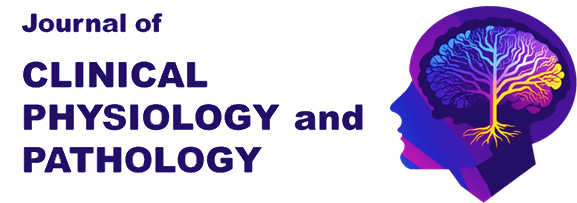Authors:
Neelam Dhunputh, Pavel Ermolaev, Marina Petrova.
For citation:
Dhunputh N, Ermolaev P, Petrova M. The variation of muscle relaxant according to the circadian rhythm in emergency abdominal surgery Journal of Clinical Physiology and Pathology (JISCPP) 2023; 2(2): 22-29.
Abstract:
In the contemporary anesthesiology services, muscle relaxation plays an integral role in emergency abdominal surgery in order to facilitate the work of the surgeons. Circadian rhythms control the behavioral, mental and physical changes of humans on a 24-hour cycle. The term circadian is originated from the Latin word “circa diem” meaning “around a day.” They are regulated by the suprachiasmatic nucleus SCN in the hypothalamus which is the “master clock” of the brain and the body. A study was carried on 50 patients both male and female from eighteen to sixty years old undergoing emergency abdominal surgery. The level of muscle relaxation administered intravenously was monitored using a TOF Watch SX time 08:00 till 14:00 then from 15:00 -20:00. Two different muscle relaxants were used notably “atracurium benzilate and rocuronium bromide” each at a dose of 0.4 mg/kg and 0.5 mg/kg respectively. The time of action for endotracheal intubation, duration and extubation was recorded. As a result, it was demonstrated that there was a significant shorter time of action and shorter duration in surgeries taking place from 15:00 pm-20:00 as compared to 08:00 -14:00 with both relaxants. To conclude, according to the circadian rhythm, effects of muscle relaxants in the evening relatively differed from the morning by having a shorter duration bringing to the fact that the cholinergic system had a role to play.
Keywords:
Muscle relaxant, Neuro-Muscular block, Emergency abdominal surgery, Circadian time, Residual Neuro-Muscular block.
